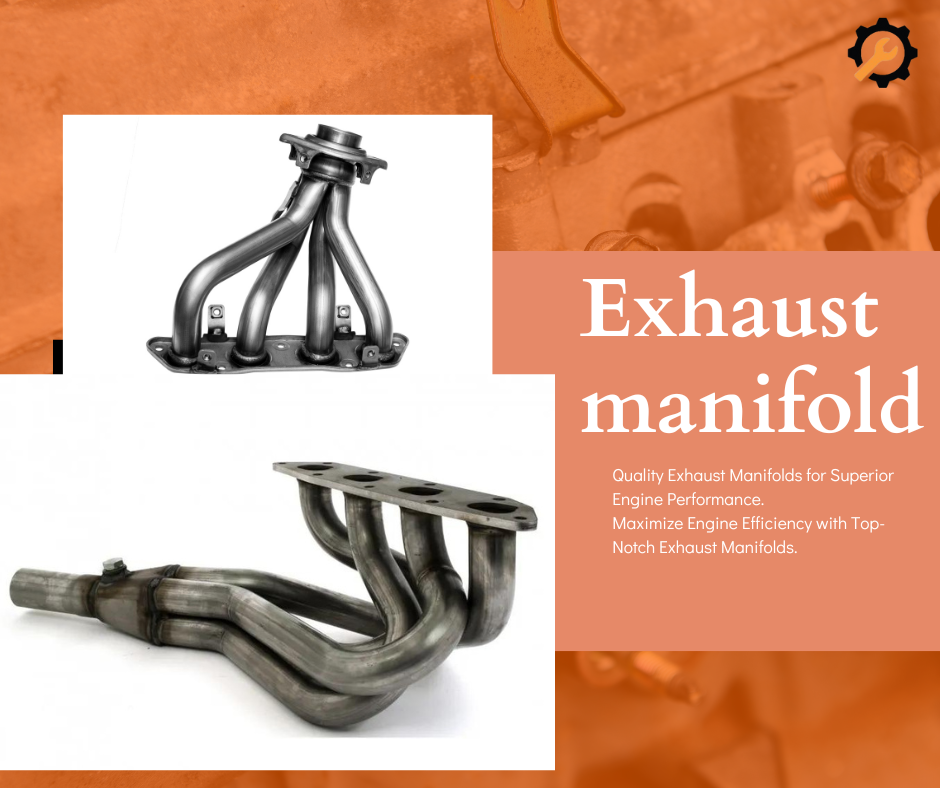Understanding the Function of an Exhaust Manifold

Discover how the exhaust manifold plays a crucial role in your vehicle's performance and efficiency;
What is an Exhaust Manifold?
An exhaust manifold is a crucial component in an internal combustion engine that collects exhaust gases from multiple cylinders into one pipe. It is typically made from cast iron or stainless steel and is designed to withstand high temperatures and pressures.
The primary function of the exhaust manifold is to ensure that the exhaust gases are efficiently expelled from the engine, reducing back pressure and improving engine performance.
The Role of the Exhaust Manifold in Engine Performance
The exhaust manifold plays a vital role in the overall efficiency and performance of an engine. By collecting the exhaust gases from the engine's cylinders and directing them into a single stream, it helps to minimize back pressure, which can negatively impact engine power and fuel efficiency.
Furthermore, a well-designed exhaust manifold can improve the scavenging effect, where the outgoing exhaust gases help to pull fresh air-fuel mixture into the cylinders, thereby enhancing the engine's performance and responsiveness.
Materials and Design Considerations of Exhaust Manifolds
Exhaust manifolds are typically made from materials such as cast iron, stainless steel, or high-temperature alloys. Cast iron is commonly used due to its durability and heat resistance, while stainless steel offers better corrosion resistance and a longer lifespan.
Design considerations for exhaust manifolds include the shape and length of the runners, which can impact the flow of exhaust gases. Equal-length runners are often used in performance applications to ensure that exhaust pulses do not interfere with each other, improving overall engine efficiency.
Common Issues and Maintenance Tips for Exhaust Manifolds
Common issues with exhaust manifolds include cracks, leaks, and warping due to the extreme temperatures and pressures they endure. These problems can lead to reduced engine performance, increased emissions, and even engine damage if not addressed promptly.
Regular maintenance tips include inspecting the manifold for visible cracks or leaks, ensuring that the mounting bolts are properly tightened, and replacing gaskets as needed. It's also essential to address any engine misfires or unusual noises promptly, as these can be signs of manifold issues.
Advancements and Innovations in Exhaust Manifold Technology
Recent advancements in exhaust manifold technology include the development of more heat-resistant materials and coatings that can withstand higher temperatures, improving durability and performance.
Innovations such as integrated catalytic converters and turbocharger housings have also been introduced, allowing for more compact and efficient designs that can enhance both performance and emissions control.

 Loading..
Loading..